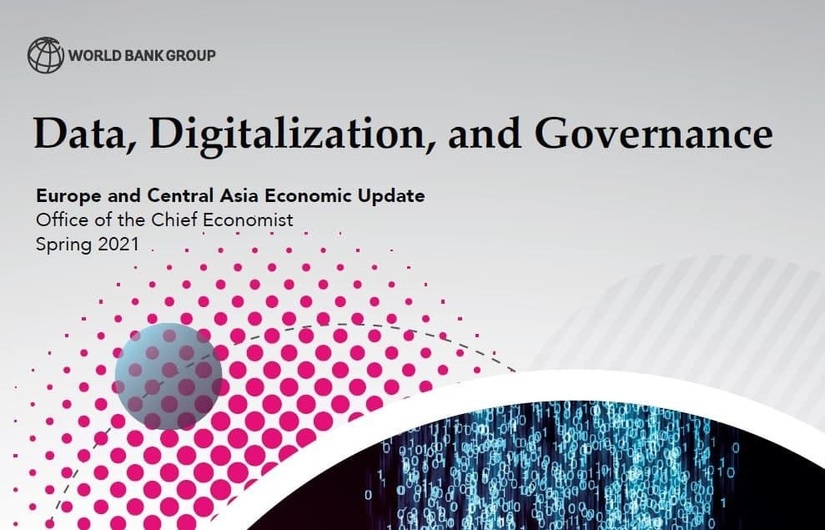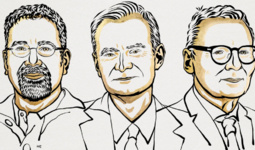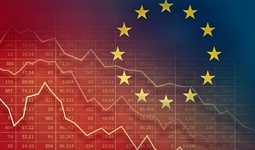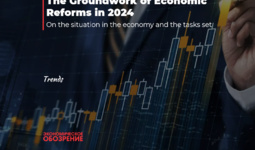Emerging and developing economies in the Europe and Central Asia region are expected to grow by 3.6 percent this year, as a recovery in exports and stabilizing industrial commodity prices partly offset a resurgence of the pandemic late in 2020 and a recent flareup in new cases, says the latest edition of the World Bank’s Economic Update for the region, released today.
The modest growth in 2021 follows a contraction of 2 percent in 2020 due to COVID-related disruptions. The contraction was smaller than anticipated due to a stronger than forecast recovery in Turkey and resilience in Russia, the region’s largest economies. Rebounding industrial production, increased export demand, higher commodity prices and fiscal and monetary support contributed to this outcome. Hardest hit are economies that are heavily dependent on services and tourism, since social distancing measures and mobility restrictions led to sustained weaknesses.
Regional growth is expected to strengthen to 3.8 percent in 2022, as the effects of the pandemic gradually wane and trade and investment gather momentum. The outlook remains highly uncertain, however, and growth can be weaker if the pandemic takes longer than expected to fade; there are delays in vaccination; external financing conditions worsen due to a rise in global interest rates or deterioration in investor sentiment; or due to geopolitical tensions.
The pandemic is expected to erase at least five years of per capita income gains in several of the region’s economies and raise the poverty headcount, largely due to job losses. Overall, despite the rebound in growth, the recovery in per capita gross domestic product (GDP) of the region is subdued and below pre-pandemic trends.
“The pandemic continues to cast a shadow on economic activity in Europe and Central Asia. However, as policymakers grapple with the short term impacts on health, education and the economy, they should seize the opportunity to address the long term challenges of boosting productivity, building a more vibrant private sector, improving institutions and moving towards low-carbon, greener and inclusive economies,” said Anna Bjerde, World Bank Vice President for the Europe and Central Asia region.”
Fundamental to achieving these long-term development goals is good governance. The pandemic has underscored the need for good governance given the important role governments around the world have played in mitigating the health, economic and social impacts of the virus. The range of measures have included restrictions on movement to control the spread of the infection to vaccination programs, relief packages to protect individuals and businesses from the economic fallout of the pandemic, and devising ways for virtual learning for millions of school children.
In Europe and Central Asia, good governance is all the more important given the historically large role governments play in shaping the economy. Government expenditures in the region represent nearly 40 percent of the economy and governments employ more than a quarter of the region’s most educated and productive workers, with women constituting 57 percent of public sector employees.
And the role of government in the region’s countries is likely to further increase in the coming years, driven largely by the need for expansion of health and long-term care for aging populations and public support for government interventions to tackle inequality and, in the face of COVID, improve health and education systems.
Economic situation in Central Asia
In sharp contrast to the rest of ECA, the number of COVID-19 cases remains relatively low in Central Asia. However, growing signs of acceleration in early 2021 forced the extension of various restrictions in some economies to help mitigate pressures on the health care system.
In Central Asia, growth is expected to recover to 3.7 percent in 2021 and to 4.1 percent in 2022—well below historical averages, with per capita income anticipated to remain 6.4 percent below pre-pandemic projections by 2022.
The economy is anticipated to be supported by a modest rise in commodity prices, relaxation of OPEC+ production cuts (Kazakhstan), and firming foreign direct investment as the subregion deepens its integration with the rest of the world and with each other.
In Uzbekistan, growth should continue to benefit from the implementation of an ambitious reform agenda, which progressed last year despite formidable headwinds from the pandemic.
However, the sub-regional rebound has been dampened by rising policy uncertainty in Central Asia, particularly in the Kyrgyz Republic, following political tensions and social unrest. Inflationary pressures have triggered more restrictive monetary policy in some countries, with the Kyrgyz Republic and Tajikistan raising their key policy rates.





















leave a comment